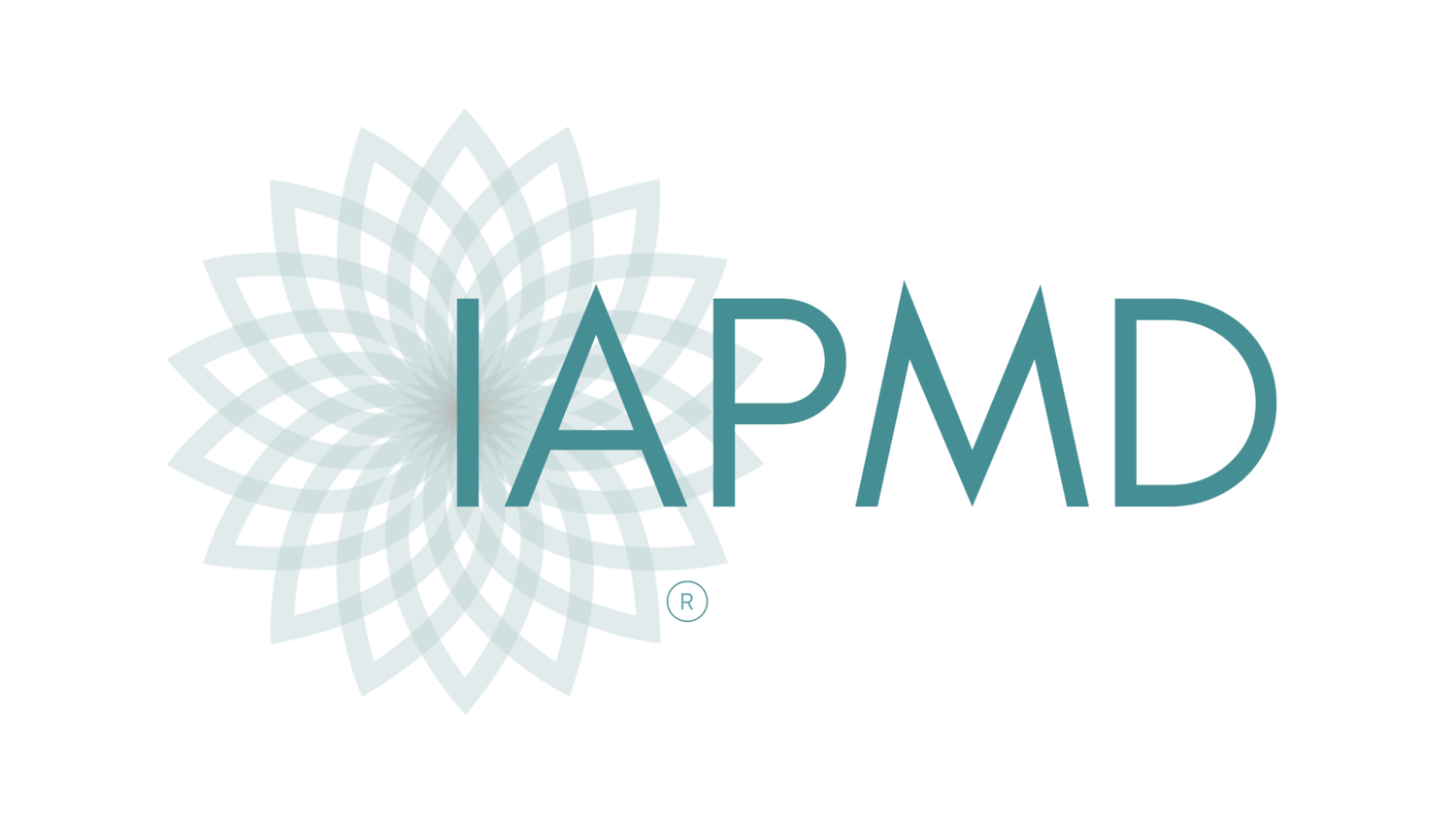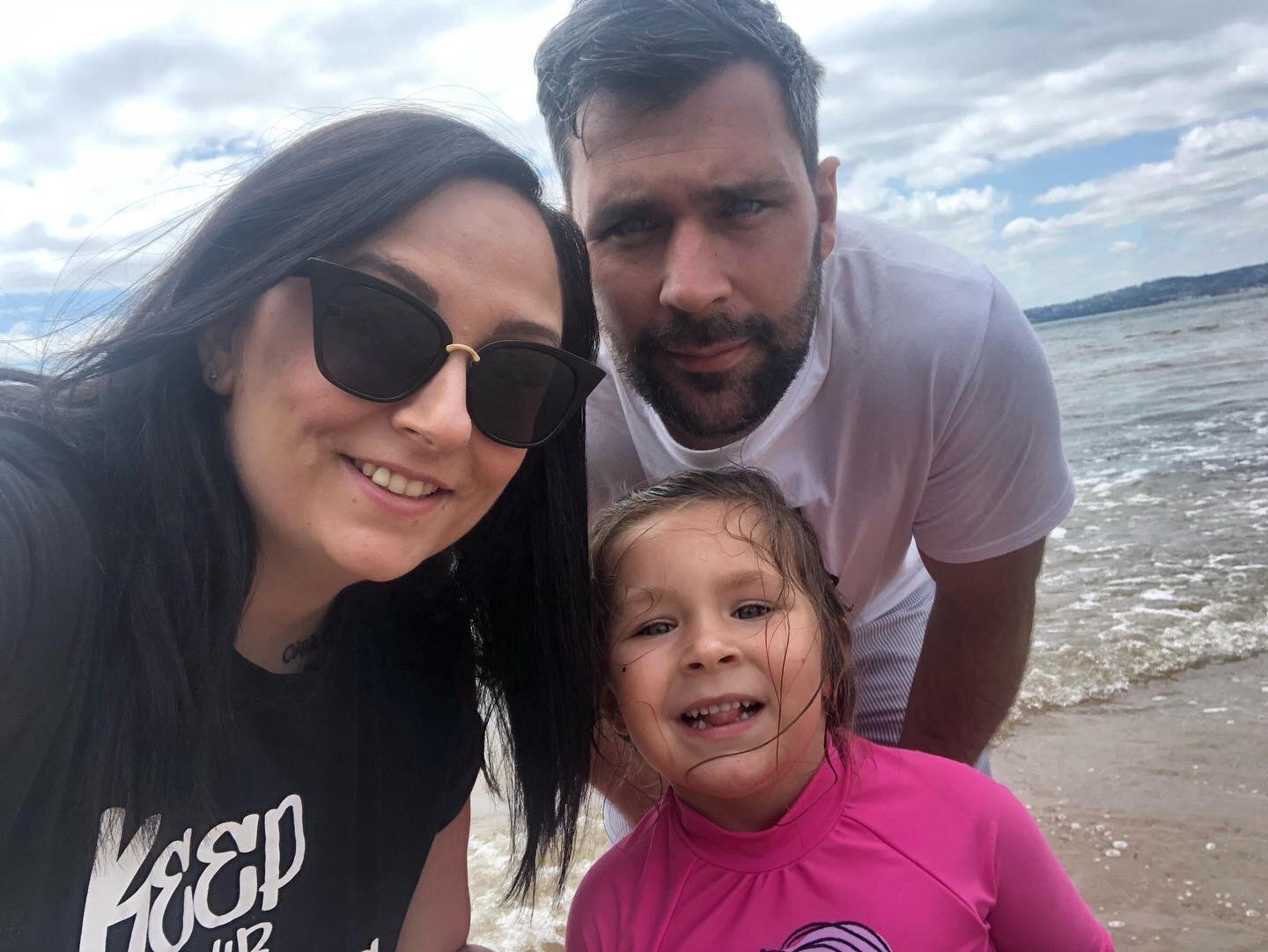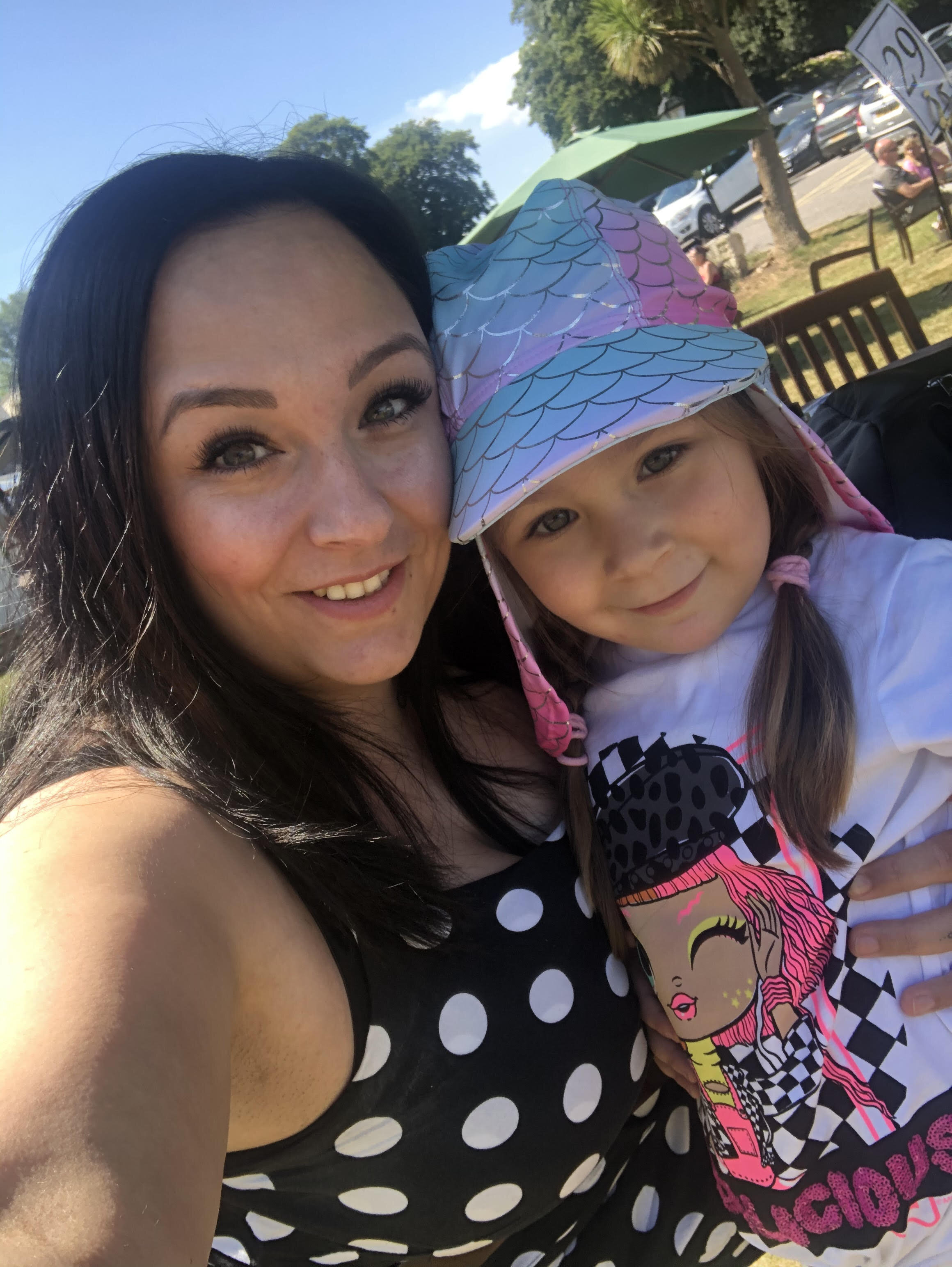PMDD and Me
I’m Steph. I’m 32 years old and I have a mental illness.
My illness is not born from trauma. It’s not as a result of a traumatic event. That’s not to say it doesn’t worsen with trauma, it most certainly can! I have been through my fair share of trauma, (who hasn’t?) but for me, it’s not a case of ‘she’s depressed because XYZ happened.’
It’s my brain’s adverse response to normal hormonal changes that occur every month with menstruation.
I have a good life. I’m reasonably young still. I have a loving husband, a beautiful daughter, and the opportunity to do many things I love. If you took away my illnesses, I would probably be envied for my picket fence tableau.
Yet every month, without fail, with no real rhyme or reason, I still feel like I want to die.
I still feel like I cannot breathe. I feel as though the very foundations of my life are crumbling. I feel anger and rage that I sometimes lose the fight to control. I convince myself that my family would be better off without me, and I resign myself to this fact. I feel so weighed down by these intrusive thoughts every month that I convince myself I am in fact, going (for want of a better word) mad. These feelings are a result of a condition called Premenstrual Dysphoric Disorder, or PMDD, as it’s known in short.
It’s not really a surprise that my brain functions in this way, reacting abnormally to normal hormonal changes. I also have fibromyalgia, which is another instance in which my brain reacts abnormally to normal stimuli. Fibromyalgia is physical, perceiving normal activities as extensive, triggering widespread pain and exhaustion. PMDD is mental and emotional for me. It usually brings upon a depressive episode that starts just after ovulation and usually lasts a few days into the start of my period. The timing varies a bit from person to person, but we share many of the same debilitating monthly symptoms. Anxiety, depression, suicidal thoughts and ideation, extreme rage, sadness, bouts of tearfulness. Some women describe the week leading up to their period as ‘Hell Week.’
Steph has lived with Premenstrual Dysphoric Disorder (PMDD) since she was 13 years old.
PMDD can also be extremely hard to diagnose. I have had PMDD since I was approximately 13 years old. Of course, that’s not when I finally got a diagnosis, that came years later. At 13, I was prescribed antidepressants. These helped alleviate my symptoms somewhat, but as a teenager, I was often forgetful and didn’t always take the medication I was prescribed correctly. Over the years, I’ve also found relief from hormonal contraceptives, but for me, these have only provided relief for a short period of time. Then eventually the need to change them becomes apparent with a worsening of my symptoms again.
I have been suicidal during these times. Before I started my family, I attempted suicide on several occasions.
Recently, I’ve been in between medications taking prescribed medication for migraine prevention and nerve pain medication to treat my fibromyalgia. I’ve also had my contraceptive coil removed. During this time, I’ve seen a worrying increase in my PMDD symptoms.
Thus begs the question, how am I coping?
Is there light at the end of this dark tunnel of depression I find myself in every month?
The answer is yes.
Though there is no cure for PMDD, there are lots of ways to manage it and minimise the impact it has on your life and general wellbeing.
The standard advice is diet and exercise. For me, living with fibromyalgia, it’s difficult to always stick to a set routine, but making little positive changes can still be beneficial in boosting my mood. I say get outdoors as often as you can. It really does help to clear the mind and boost endorphins. These are not miracle cures, but they help.
There are medications that can help too. SSRIs, a type of antidepressant that increases serotonin absorption, are one treatment. They can be taken just during the luteal phase of your cycle, or they can be taken continuously. Talk therapy is another great tool that helps you feel more in control of your thoughts.
The impact PMDD has on me and my family is profound. It’s not just about feeling suicidal every month. Because once that phase has passed, it leaves in its wake a sense of shame that comes with feeling guilty or stupid about my behaviour.
It leaves behind an overwhelming need to prove that I’m fine! When I am not in my PMDD phase, I overcompensate for the weeks in which I am not fine. I’ve had my PMDD mistaken for bipolar too because of the extreme mood swings. I won’t sugar coat it, because it is exhausting. Absolutely exhausting.
It’s a life with little stability. It’s one that confuses me even though I know the reason for its origin. It’s left me hating my mind for all that it can do.
It’s complete extremes. It’s waking up one day and wanting to punch someone for breathing and the next day wanting to reach out and love everyone I’ve ever met. It’s feelings of mania, it’s feelings of suicide and it’s feelings of complete normalcy. It’s feeling ashamed and pathetic then later feeling strong and proud. But it’s also taught me to look at other people with the utmost compassion. To spread awareness and fly the flag for other sufferers too. It’s taught me to value the times in which I feel well.
It’s me. All of it makes up parts of who I am. It’s me with PMDD.
I’m Steph, 32, residing in Bristol UK. I’m a new wife to Shaun, and mum to Ciara. In my spare time I advocate for invisible disability and mental health awareness. I hope to inspire change and dismantle archaic stigmas by sharing my experiences. I’m also an avid bookworm and passionate writer.




